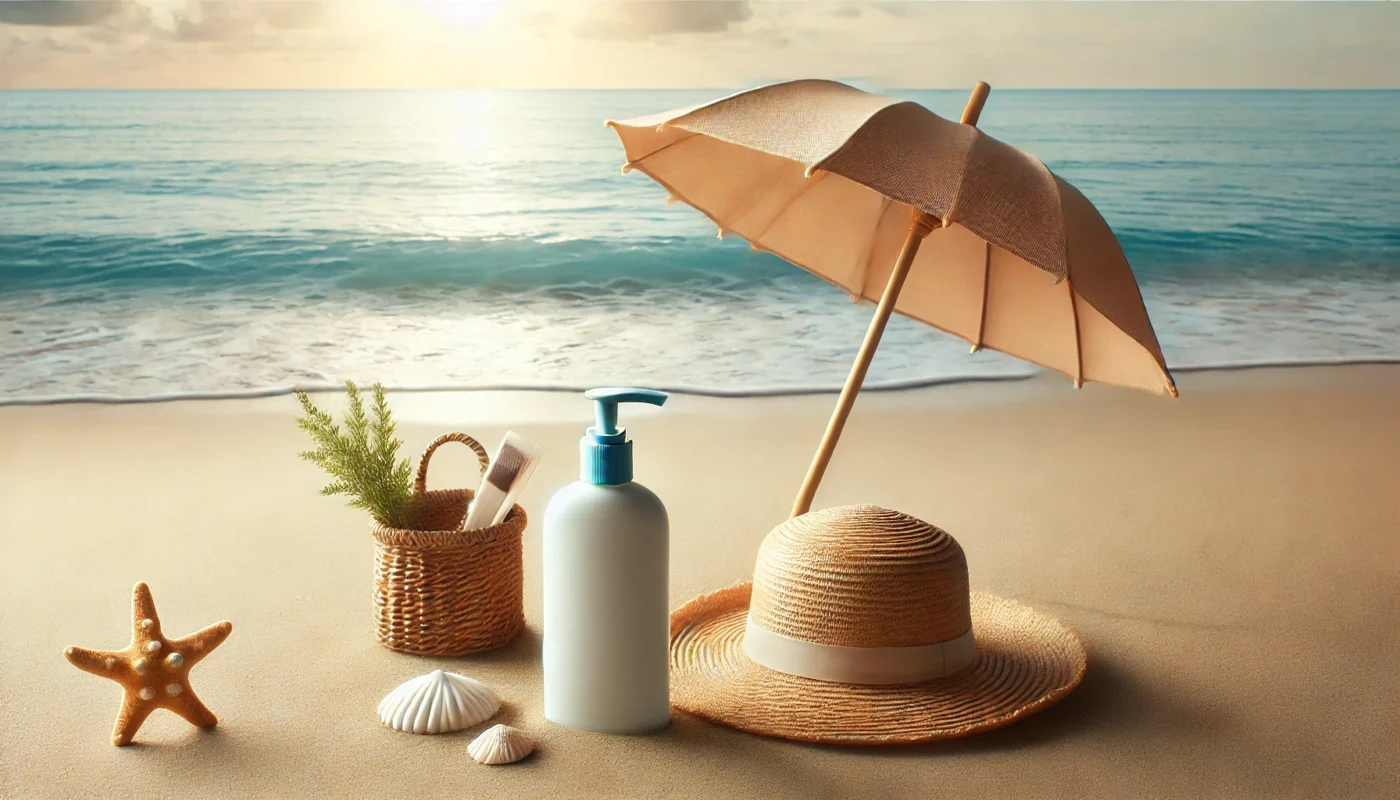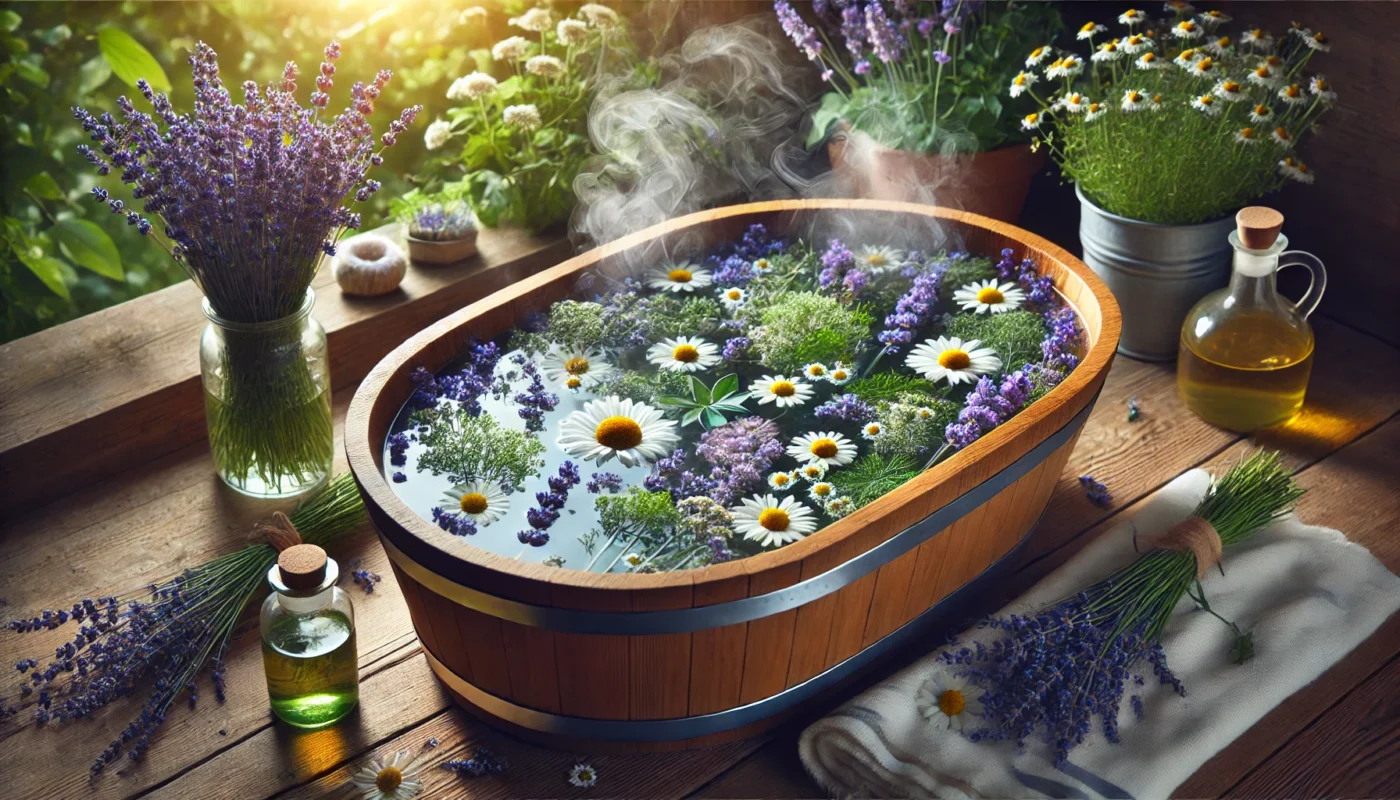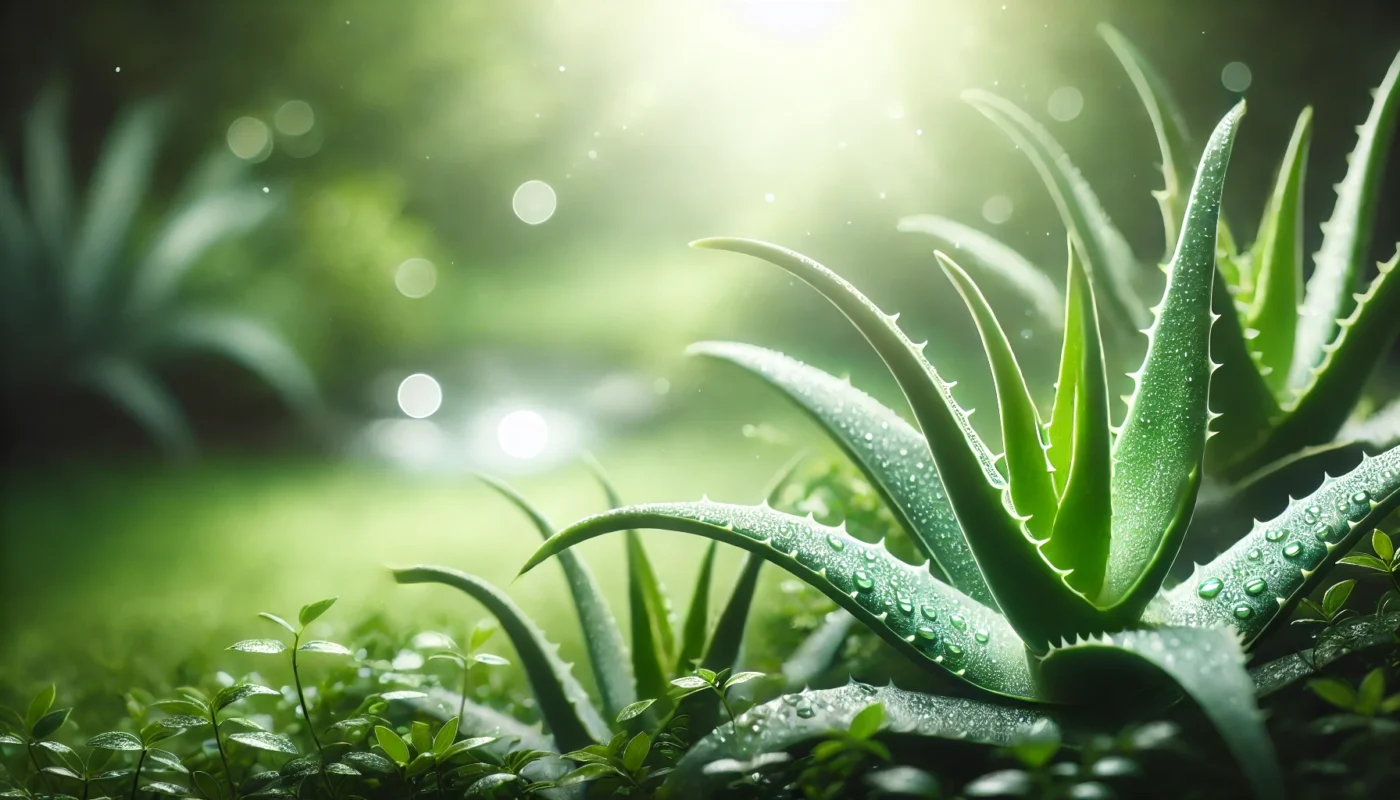Sun poisoning, also known as polymorphic light eruption, is a severe form of sunburn. It can occur after prolonged exposure to the sun without adequate protection. Symptoms can vary but typically include:
- Red, itchy skin
- Blisters and hives
- Fever and chills
- Nausea and dizziness
- Headache
The severity of these symptoms underscores the necessity for effective treatment methods. Understanding the stages of sun poisoning is essential to manage it properly. Early recognition and response can mitigate the effects and promote quicker healing.
You may also like: Essential Tips for Sun Protection Daily
What Causes Sun Poisoning?
Sun poisoning results from overexposure to UV rays, which can damage the skin cells. The skin reacts by becoming inflamed, similar to an allergic reaction. Factors that increase susceptibility include fair skin, certain medications, and a family history of sun-related skin issues. Recognizing these risk factors can help in taking preventive measures.
Differentiating Between Sunburn and Sun Poisoning
While both sunburn and sun poisoning involve skin damage from UV exposure, sun poisoning is more severe. Sunburn typically results in redness and discomfort, whereas sun poisoning can lead to systemic symptoms like fever and chills. Understanding the distinction is crucial for determining the appropriate level of care and treatment.
Long-term Effects of Sun Poisoning
Repeated incidents of sun poisoning can lead to long-term skin damage, increasing the risk of skin cancer and premature aging. Chronic exposure to UV rays can weaken the skin’s ability to repair itself, resulting in persistent issues such as hyperpigmentation and texture changes. Awareness of these potential consequences highlights the importance of prevention and effective treatment.
Stages of Sun Poisoning
- Initial Symptoms: Redness, itching, and discomfort appear within hours of exposure.Early signs of sun poisoning often resemble a typical sunburn but can escalate quickly. It’s essential to monitor these symptoms closely to prevent progression.
- Progression: Blisters and hives may develop, accompanied by fever and chills.As the condition progresses, the skin may start to blister, leading to increased pain and discomfort. Systemic symptoms such as fever indicate a more severe reaction that requires prompt attention.
- Severe Reaction: Nausea, dizziness, and headaches indicate severe sun poisoning, requiring immediate care.Severe reactions necessitate immediate medical intervention to prevent complications. Symptoms like nausea and dizziness suggest that the body’s response to UV exposure has intensified, and professional guidance is crucial.
Immediate Relief for Sun Poisoning
The primary goal in treating sun poisoning is to alleviate the symptoms and prevent further damage. Here are some immediate remedies to consider:
Cool Baths and Compresses
Taking a cool bath or applying a cold compress can help reduce inflammation and soothe the skin. Avoid using ice directly on the skin, as this can cause further irritation. Instead, wrap ice in a cloth or use a cold, damp towel.
- Temperature Control: Ensure the water is lukewarm to cool, as extremely cold water can shock the skin and worsen symptoms.
- Duration and Frequency: Limit baths to about 20 minutes and repeat as necessary throughout the day for maximum relief.
- Adding Oatmeal: Consider adding colloidal oatmeal to your bath, which can provide additional soothing properties and reduce itching.

Hydration is Key
Sun poisoning often leads to dehydration. It’s imperative to drink plenty of fluids, particularly water and electrolyte-rich drinks, to replenish lost fluids and support the body’s healing process.
- Electrolyte Balance: Incorporate drinks with electrolytes to restore balance, especially if experiencing symptoms like dizziness or nausea.
- Monitoring Intake: Track your fluid intake to ensure you’re consuming enough, particularly if you have a fever that can exacerbate dehydration.
- Avoiding Diuretics: Stay away from caffeinated or alcoholic beverages that can increase dehydration.
Aloe Vera and Moisturizers
Aloe vera is renowned for its soothing properties and is one of the best treatments for sun poisoning. Apply aloe vera gel directly to the affected areas to reduce inflammation and promote healing. Alternatively, a moisturizer that contains aloe vera or soy can be beneficial.
- Pure Aloe Vera Gel: Opt for pure aloe vera gel without additives or fragrances that might irritate sensitive skin further.
- Frequency of Application: Reapply the gel or moisturizer several times daily to maintain moisture and accelerate the healing process.
- Combining with Other Ingredients: Look for products that combine aloe with vitamin E or C to enhance skin repair and protection.
Over-the-Counter Pain Relief
Nonsteroidal anti-inflammatory drugs (NSAIDs) such as ibuprofen can help reduce pain and inflammation. Be sure to follow the recommended dosage instructions and consult with a healthcare provider if you have any contraindications.
- Choosing the Right Medication: Consider factors such as age, existing health conditions, and potential interactions with other medications.
- Dosage and Timing: Follow the dosage instructions carefully and take the medication with food to minimize stomach irritation.
- Alternatives: If NSAIDs are contraindicated, acetaminophen can provide pain relief without the anti-inflammatory effects.
Advanced Treatments for Sun Poisoning
While immediate relief methods provide comfort, advanced treatments can expedite recovery and address severe symptoms effectively.
Topical Corticosteroids
For severe sunburn with blisters, topical corticosteroids can reduce swelling and discomfort. These should be used under the guidance of a healthcare professional to prevent any adverse effects.
- Application Guidelines: Apply a thin layer to the affected area and avoid overuse, as prolonged exposure can thin the skin.
- Monitoring Side Effects: Be vigilant for potential side effects such as skin thinning or discoloration, and report these to your doctor.
- Alternative Options: For those unable to use corticosteroids, calcineurin inhibitors may be considered as a non-steroidal alternative.
Antihistamines for Itch Relief
Oral antihistamines can alleviate itching associated with sun poisoning. These can be particularly helpful at night to ensure restful sleep.
- Choosing the Right Antihistamine: Non-drowsy formulations can be taken during the day, while sedative options may assist with sleep at night.
- Combining with Topical Treatments: Use alongside topical anti-itch creams for comprehensive relief.
- Understanding Dosage: Follow dosing instructions carefully to avoid side effects like drowsiness or dry mouth.

Medical Consultation
In cases of extreme symptoms like significant blistering, nausea, or fever, it is crucial to seek medical advice. A healthcare professional may prescribe stronger medications or suggest alternative treatments based on the severity of the condition.
- When to Seek Help: Seek medical attention if symptoms worsen or new symptoms develop, as these may indicate complications.
- Potential Treatments: A doctor may recommend prescription-strength treatments or even intravenous fluids for severe dehydration.
- Follow-up Care: Schedule a follow-up appointment to ensure that recovery is on track and to discuss ongoing preventive measures.
Holistic and Alternative Approaches
Holistic health practices can complement traditional treatments, promoting overall wellness and recovery.
Herbal Remedies
Calendula and chamomile are known for their anti-inflammatory properties. Applying creams or ointments containing these herbs can soothe irritated skin.
- Creating Homemade Remedies: Infuse oils with these herbs for a DIY approach to soothing applications.
- Commercial Products: Look for over-the-counter creams that incorporate these herbal extracts.
- Patch Testing: Always perform a patch test to ensure no allergic reaction to the herbal ingredients.
Nutritional Support
Boost your diet with antioxidants such as vitamin E and C, which can help repair skin damage. Foods rich in these vitamins include nuts, seeds, citrus fruits, and leafy greens.
- Incorporating Supplements: Consider taking vitamin supplements if dietary intake is insufficient, but consult with a healthcare provider first.
- Hydrating Foods: Include water-rich foods like watermelon and cucumbers to aid hydration.
- Balanced Diet: Ensure a balanced intake of proteins and healthy fats to support skin repair and immune function.
Essential Oils
Lavender and peppermint essential oils may offer relief through their anti-inflammatory and cooling effects. Dilute the oils with a carrier oil before applying them to the skin.
- Proper Dilution: Use a carrier oil like coconut or jojoba to dilute essential oils, typically at a ratio of 3-5 drops per tablespoon.
- Application Techniques: Apply gently to the affected areas and avoid broken skin to prevent irritation.
- Aromatherapy Benefits: Use in diffusers to promote relaxation and reduce stress, which can support overall recovery.
Preventive Measures
Preventing sun poisoning is invariably better than treatment. Here are some strategies to shield your skin from harmful UV rays:
Sunscreen and Protective Clothing
Always use a broad-spectrum sunscreen with at least SPF 30, and reapply every two hours, or more frequently if swimming or sweating. Wear protective clothing, hats, and sunglasses to minimize exposure.
- Choosing the Right Sunscreen: Opt for mineral-based sunscreens if you have sensitive skin, as these are less likely to cause irritation.
- Clothing Choices: Look for clothing with UV protection labels, and select tightly woven fabrics for better coverage.
- Routine Reapplication: Set reminders to reapply sunscreen, particularly during prolonged outdoor activities.
Avoid Peak Sun Hours
The sun’s rays are strongest between 10 a.m. and 4 p.m. If possible, stay indoors during these hours or seek shade when outside.
- Planning Outdoor Activities: Schedule outdoor activities for early morning or late afternoon to avoid peak UV exposure.
- Creating Shade: Use umbrellas, tents, or trees to create shaded areas if outdoor activities are unavoidable.
- Monitoring UV Index: Check the daily UV index to plan activities accordingly and reduce exposure on high-risk days.
Regular Skin Checks
Conduct regular self-examinations to identify any changes or damage to your skin that might require professional attention.
- Recognizing Changes: Look for new moles, growths, or changes in existing skin features, as these can indicate sun damage or other issues.
- Professional Screenings: Schedule regular check-ups with a dermatologist for comprehensive skin assessments.
- Documentation: Keep a record of skin changes and consult a healthcare professional if you notice anything unusual.

Conclusion
Sun poisoning can be a painful and uncomfortable experience, but with the right knowledge and treatment strategies, relief is attainable. By combining immediate remedies with advanced treatments and holistic approaches, you can effectively manage sun poisoning symptoms and promote healing. Moreover, adopting preventive measures will safeguard your skin against future UV damage. Always consult with healthcare professionals for severe cases to ensure comprehensive care and recovery. Prevention, awareness, and timely intervention are key to maintaining healthy skin and avoiding the adverse effects of sun poisoning.
Further Reading:
Are Sunburns and Sun Poisoning the Same? Not Quite
Sun Poisoning: What You Need to Know
sun poisoning, sunburn relief, treat sun poisoning, home remedies for sunburn, hydration, aloe vera for skin, sunscreen tips, UV protection, sunburn symptoms, skin care, natural remedies, cooling treatments, skin health, first aid for sun poisoning, herbal treatments, essential oils for skin, anti-inflammatory skin care, sun safety tips.
Important Note: The information contained in this article is for general informational purposes only, and should not be construed as health or medical advice, nor is it intended to diagnose, prevent, treat, or cure any disease or health condition. Before embarking on any diet, fitness regimen, or program of nutritional supplementation, it is advisable to consult your healthcare professional in order to determine its safety and probable efficacy in terms of your individual state of health.
Regarding Nutritional Supplements Or Other Non-Prescription Health Products: If any nutritional supplements or other non-prescription health products are mentioned in the foregoing article, any claims or statements made about them have not been evaluated by the U.S. Food and Drug Administration, and such nutritional supplements or other health products are not intended to diagnose, treat, cure, or prevent any disease.

